
Highlights
UNESCO World Heritage Okavango Delta // Watch elephants on the Chobe River from the boat // Observation of predators in Khwai and Savuti // Wildebeest and Zebra Migration to the Boteti River // Makgadikgadi Salt Pans // San culture in the Kalahari
Facts
Population: approx. 2.35 million // Size: 581,730 km² // Official languages: Setswana and English // Currency: Pula (BWP) // International Airports: Maun (MUB), Kasane (BKK), Gaborone (GBE)
The Betchuanaland Protectorate gained independence from Britain in 1966. At that time it was one of the 10 poorest countries in the world and didn’t even have its own capital. More than 84 percent of the country’s territory is dominated by the Kalahari and immediately after gaining independence it looked like the country would not move forward.
Nevertheless, Botswana has written an unparalleled African success story over the past 50 years, which is certainly primarily due to its rich mineral deposits such as diamonds, coal and copper. At the same time, however, tourism was also developed in a clever and prudent manner and the country has advanced to become a very sustainably organized and probably the most exclusive safari destination in Africa.
Visit the beautiful national parks such as the Central Kalahari Game Reserve, which is the second largest nature reserve in the world at 52,000 square kilometers and takes you into an almost endless, desert-like wilderness. You should also visit the Okavango Delta, one of the world’s largest inland deltas, which lies in the Kalahari Basin. Game drives and boat trips through the species-rich wildlife paradise Moremi Game Reserve in the Okavango Region are further highlights during your safari in Botswana.
Whether it’s your first safari or your fiftieth, Botswana won’t disappoint! In a variety of landscapes, ranging from the harsh, dry Kalahari Desert to swampy forest areas, there is room for huge herds of buffalo and elephant and very healthy populations of predators. Many rhinos have also been relocated from South Africa in recent years because they can be better protected in Botswana.
However, it is often the smaller and more inconspicuous representatives of the animal world that delight visitors the most, such as the small speckled reed frog, the barking geckos or the meerkat families, which really nobody can steal the show from!
One of the most important reasons to travel to Botswana is to experience an endless and intact wilderness. Apparently untouched by human activity, the country offers the luxury of space and ultimate relaxation for the battered souls. Where animals can roam unhindered in areas that are not measured in hectares but in thousands of square kilometers, pure relaxation is inevitable.
Botswana’s culture is very ancient, mysterious and often somewhat hidden or veiled. One can find it, for example, in the cave paintings of the Tsodilo Mountains and the magic that surrounds these hills. It is revealed when collecting Stone Age arrowheads in the Makgadikgadi Salt Pans or looking at the ancient dried up riverbeds in Savuti. One inevitably wonders what forces shaped this fascinating landscape long before humans even existed.
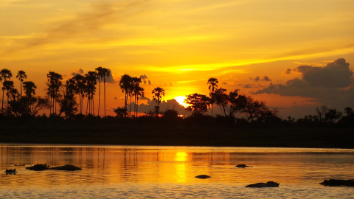
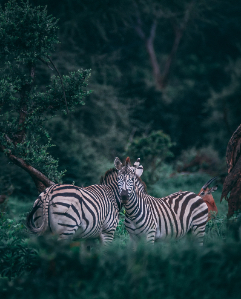
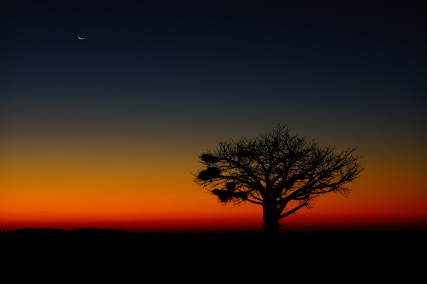
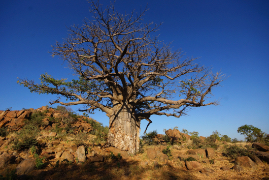
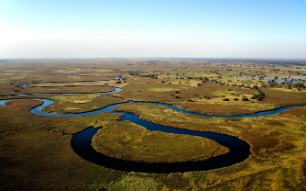
Photo credits: www.pixabay.com / www.unsplash.com – please see photo credits for more details